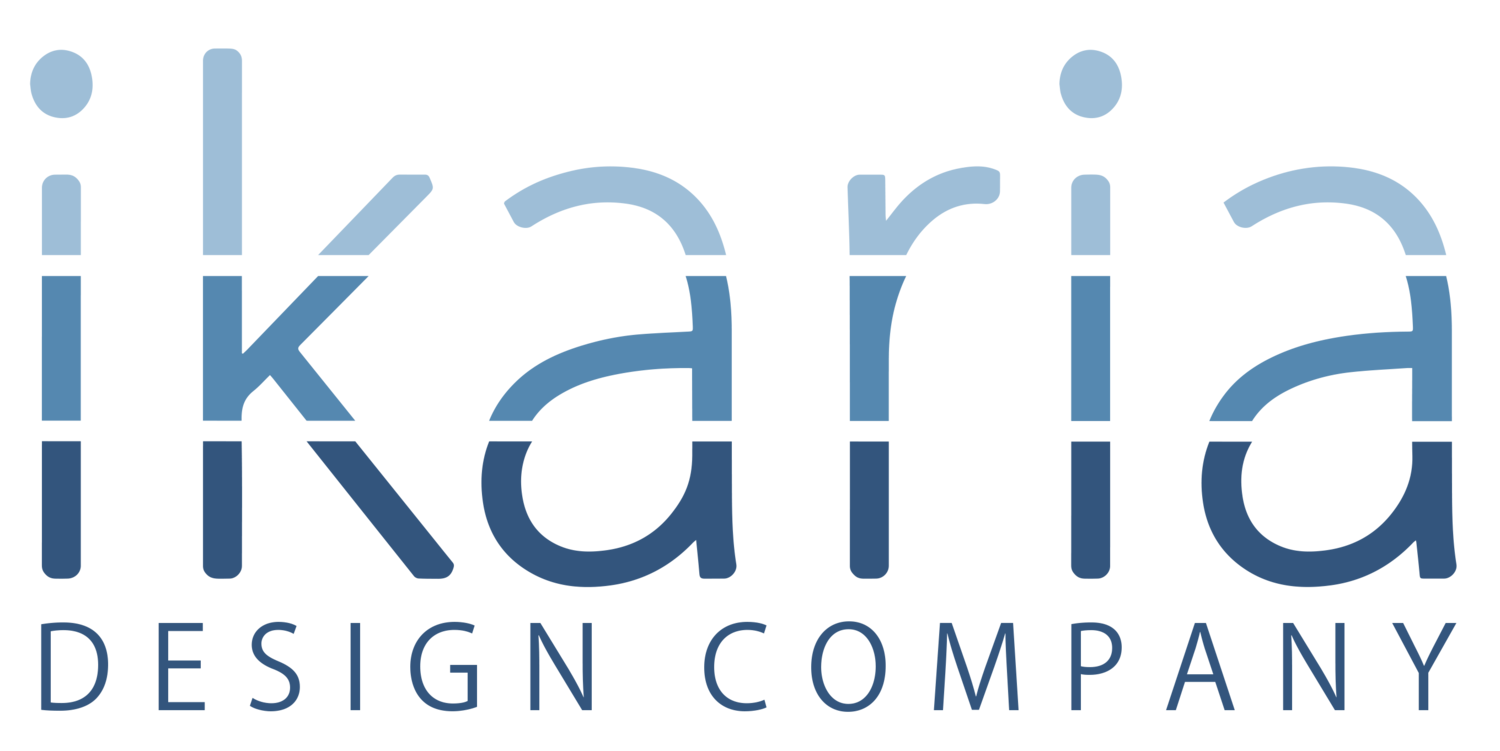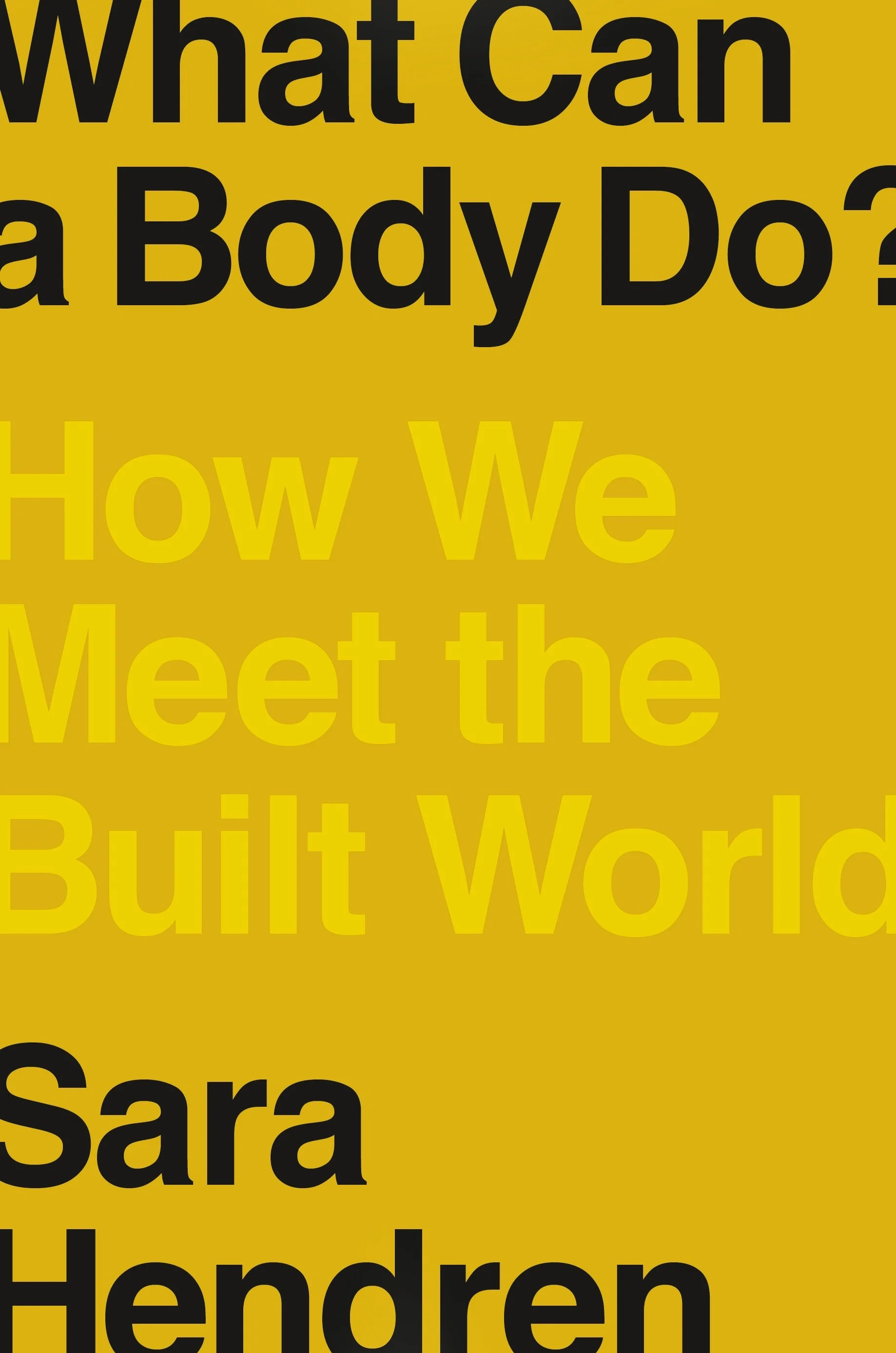Pack’s reading list: March 2023
Having a two-year-old granddaughter around our house has reinforced the value of designing our environment for success. Because her language abilities and sense of autonomy are blossoming in parallel, we’re not simply organizing our living space to minimize danger, but for potential turf battles as well. We’re trying to stay really flexible about policies because policy design is as critical to quality of life as any other design thinking. For example, which surfaces are for art? Windows, paper, shower walls? YES. What items are available for exploring physics? Soft balls, percussion instruments, water in the sink and tub? YES. Houseplants or delicate curios? NO.
The books I summarize below echo this theme of creative re-design of our environment for success. I imagine you have no more time than I do so, where I can, I’ve included a link to a video that captures some highlights of the books. These videos are often how I came across the books in the first place.
I’m including a bonus book if you read (or simply skip) to the end. It’s a perennial with me. As the current turbulence in the banking sector is making macroeconomic nerds out of all of us, it’s always good to check back in with a book that can reduce rash decisions we’ll regret when the financial markets have cooled back down. It occurs to me that even this bonus book fits the theme of design. This little financial book has helped me redesign my emotional landscape when it comes to money.
What Can a Body Do? By Sara Hendren
I came across Sara’s work by chance, and she has changed the way I think about design. It was a delight to find her referencing Galen Cranz’s book, The Chair. (Have you read Galen’s review of the Soul Seat?) According to Hendren, “The chair is a revealing object that tells a story about bodies meeting the world in surprising ways - sometimes the cause of disability, sometimes its mitigation.”
Hendren’s book is full of examples of what is possible when we remember to keep pulling out our wide-angle design lens, stepping back from the fascination of cool technology simply looking for an application. I’m drawn like a moth to shiny new tools like ChatGPT. The sort of questions her book reminds us to ask, like “Who does this technology benefit?”, “How are marginalized people actually making use of this new tool?”, “Is the tool helping us amplify our pro-social tendencies or the opposite?”, has helped me step off the AI hype train and think less anxiously about being left behind while innovation races on. The disability community has so much to teach us about how to re-take agency in such a world.
Start with No by Jim Camp
A few months back when our granddaughter first discovered the power of the word “no”, I commented to the family, “here begins the age of negotiation!”. It’s not really true that our granddaughter wasn’t negotiating before that. She and her parents negotiated nursing, bedtime, and nap time routines. But now she’s making the transition from mostly non-verbal negotiation to verbal negotiation as well.
I’ve read and skimmed a lot of books on negotiation over the years. And I count Jim Camp’s and another, Getting More by Stuart Diamond as my all-time favorites. They stand out because they don’t promote an adversarial approach to negotiation, but rather a reframing and pie-growing approach. What delights me even more about them is that they encourage the reader to be transparent about the techniques and strategies being used. You want the person you’re negotiating with to be as skilled as you, not less. The goal isn’t to get something over on someone else. A successful negotiation is one where all parties have participated in mapping a new landscape and can see horizons of possibility that weren’t so apparent when the negotiation began.
We witness this again and again while babysitting our granddaughter. The better skilled she becomes at articulating what she wants, the more likely we all will enjoy the outcomes we’re after.
I Contain Multitudes by Ed Yong
How can a biology book help with designing our lives for success? The value this book provides is the way it redraws the boundaries of where our personal bodies end and the rest of the world begins. Spoiler alert, the boundaries are more blurred than ever. In the business world, it’s often stated that culture eats strategy for lunch. Meaning, good luck executing your strategy if you haven’t addressed the dynamics in your organizational culture that may undermine it. What is also true is that an enormously complex culture of trillions of microscopic critters is literally responsible for eating your lunch. It’s mind-boggling how little conscious agency we possess when it comes to our day-to-day physiology. The balance of this culture is critical to our health, and keeping our microbiome in a healthy balance isn’t something we can pull off as individual healthcare consumers. If the COVID pandemic didn’t bring that reality home to you, this book certainly will.
So many of our modern problems stem from our being overly focused on a rugged, individual, pull-yourself-up-by-your-bootstraps approach to the challenges of life. Our social upbringing has made us twitchy about collective solutions. If we care to internalize the scientific research cataloged in this book, we can start to see ourselves more accurately as “supers” in charge of a housing project of microscopic intelligences. Those tenants are coming and going all the time, and they have rent control on their side. In fact, our immune system isn’t even our own immune system. Our granddaughter’s immune system got a good start from her mother’s microbiome and milk, but it wasn’t long before the resident dogs and cat started to make a contribution by dragging in new microbiome tenants from the dirt outside.
One of the numerous mind-blowing discoveries chronicled in Yong’s book is that mother’s milk has an ingredient that breastfeeding babies can’t metabolize. Turns out, it’s meant to feed specific friendly bacteria deep in the colon of their child. I’m deeply humbled to realize how little of this world is of our making.
BONUS BOOK:
The Behavior Gap by Carl Richards
The key message of this book is that we are not rational actors when it comes to our money. The good news is that embedded in this irrational side of us lie the values that drive us to desire financial stability for the benefit of those we care about. It’s possible to organize our lives and our thinking in ways that don’t sabotage our best intentions. Carl Richards offers up visual and humorous examples of this irrational side of our decision-making so we can dance with it in the direction of our goals rather than be blindsided and jerked around by it. He employs back-of-napkin sketches to make intimidating and complex financial goals so simple and obvious, we can’t talk ourselves out of acting on them. Well, we probably will still manage to, but the book is an easy re-read as well.




